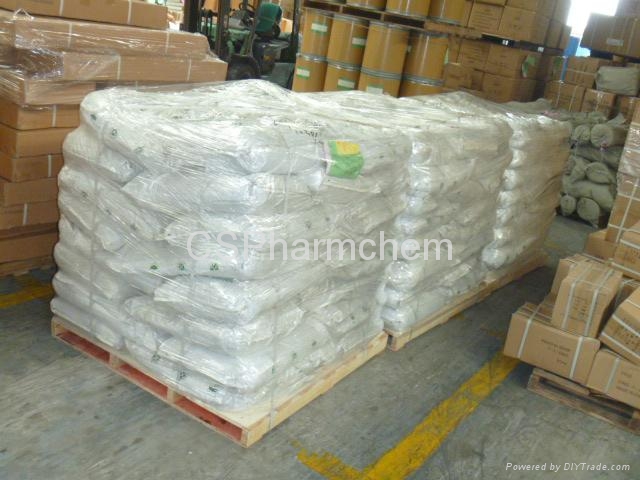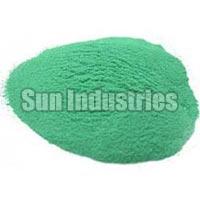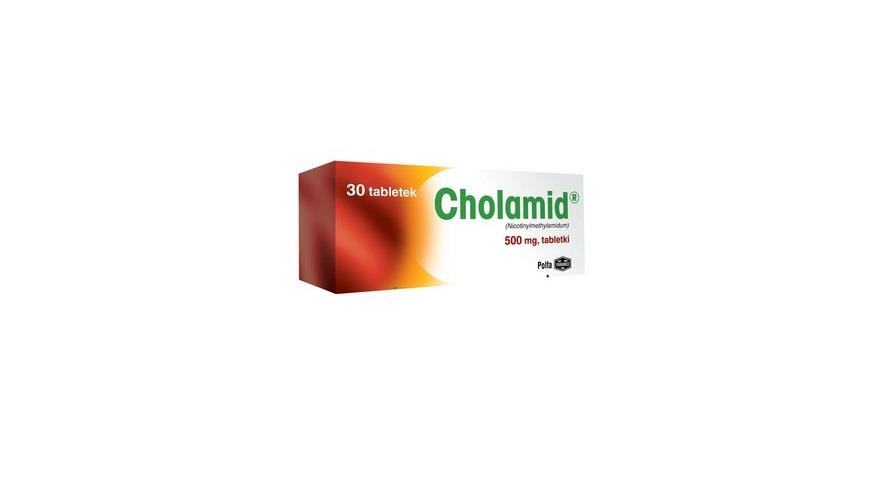
(1976) 65:772-3 Ghosal, S., et al., “Shilajit Part 7-Chemistry of Shilajit, an immunomodulatory ayurvedic rasayana,” Pure Appl. See, Ghosal, S., et al., “Shilajit Part 1-Chemical constituents,” J. The active constituents of Shilajit contain dibenzo-alpha-pyrones, fulvic acids and related metabolites, small peptides (constituting non-protein amino acids), some lipids, and carrier molecules (fulvic acids). It is found at high altitudes ranging from 1000-5000 meters. In addition, Shilajit is an herbo-mineral drug, which oozes out from a special type of Himalayan mountain rocks in the peak summer months. In in-vitro and animal studies, PE demonstrates potent antioxidant effects against several test systems such as superoxide radical and hydroxyl radical scavenging action, and in systemic augmentation of antioxidant enzymes in animals (Antony, et al., “A pilot clinical study evaluate the effect of Emblica officinalis extract (Amlamax™) on markers of systemic inflammation and dyslipidemia,” Indian J. There are studies which show significant anti-hyperglycaemic and lipid lowering effects of PE in diabetic patients. Emblica officinalis Gaertn., the Indian gooseberry (PE, “Amla”) is widely used in Indian medicine for the treatment of various diseases. Many natural product compositions possess potent antioxidant, anti-inflammatory and cardio-protective properties and are used by patients with increased risk of cardiovascular morbidity and mortality in order to treat or prevent disease and/or reduce symptoms. 360-372 and Wright, et al., “Oxidative stress in type 2 diabetes: the role of fasting and postprandial glycaemia,” Int. Scientific Review and Clinical Applications,” Journal of American Medical Association (Jan. Inzucchi, “Oral Antihyperglyccmic Therapy for Type 2 Diabetes. It follows that therapies aimed at reducing oxidative stress would benefit both patients with T2DM and those at risk for developing diabetes (Potneza, et al., “Endothelial Dysfunction in Diabetes: From Mechanism to Therapeutic Targets,” Current Medicinal Chemistry (2009) 16: 94-112 S. Furthermore, this mechanism has been implicated as the underlying cause of both the macrovascular and microvascular complications associated with Type 2 DM. A currently favored hypothesis is that oxidative stress, through a single unifying mechanism of superoxide production, is the common pathogenic factor leading to insulin resistance, β-cell dysfunction, impaired glucose tolerance (IGT) and ultimately to Type 2 DM (T2DM). Beckman, “Pathophysiology of Vascular Dysfunction in Diabetes,” Cardiology Rounds (December 2004) Volume 8, Issue 10). The endothelial dysfunction results from reduced bioavailability of the vasodilator nitric oxide (NO) mainly due to accelerated NO degradation by reactive oxygen species (J. Physiological impairments that link DM with a marked increase in atherosclerotic vascular disease include platelet hyper-reactivity, a tendency for negative arterial remodeling, impaired fibrinolysis, increased inflammation, and endothelial dysfunction.Įndothelial dysfunction, present at disease onset, may be the cause of atherogenesis that is present throughout the course of DM and associated with late-stage adverse outcomes (Panwar, et al., “Atherothrombotic risk factors & premature coronary heart disease in India: A case-control study,” Indian J.

Pandolfi, et al., “Chronic hyperglycemia and nitric oxide bioavailability play a pivotal role in proatherogenic vascular modifications,” Genes & Nutrition (2007) 2 (2): 195-208). Diabetes is associated with an increased risk of atherosclerosis, which may result in coronary artery disease (CAD) (A. Smoking, hypertension, high LDL cholesterol, low HDL cholesterol and diabetes mellitus (DM) are the five major risk factors for CVD. More people die annually from CVD than from any other cause.

BACKGROUNDĬardiovascular disease (CVD) is the number one cause of death globally.

The present invention relates to a method for improvement of endothelial function and cardiovascular health by using synergistic compositions containing a chromium complex (Crominex®3+), prepared by complexing chromium with a standardized extract of Phyllanthus emblica and Shilajit, and combinations thereof. 62/001,438, filed on May 21, 2014, each of which are hereby incorporated by reference herein.

14/718,613, filed on May 21, 2015, which claims the benefit of earlier filed U.S. This application is a continuation-in-part of co-pending U.S.


 0 kommentar(er)
0 kommentar(er)
